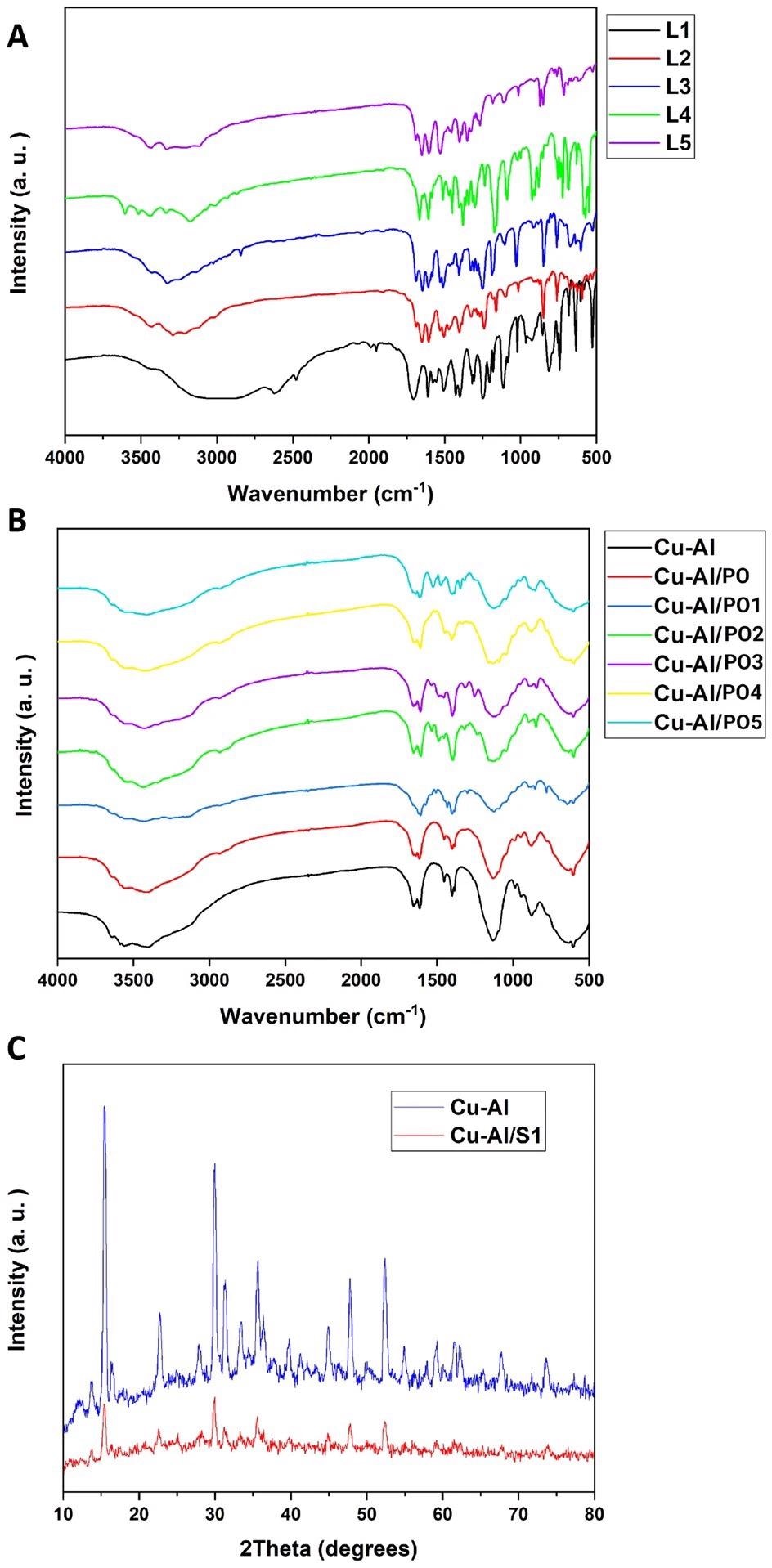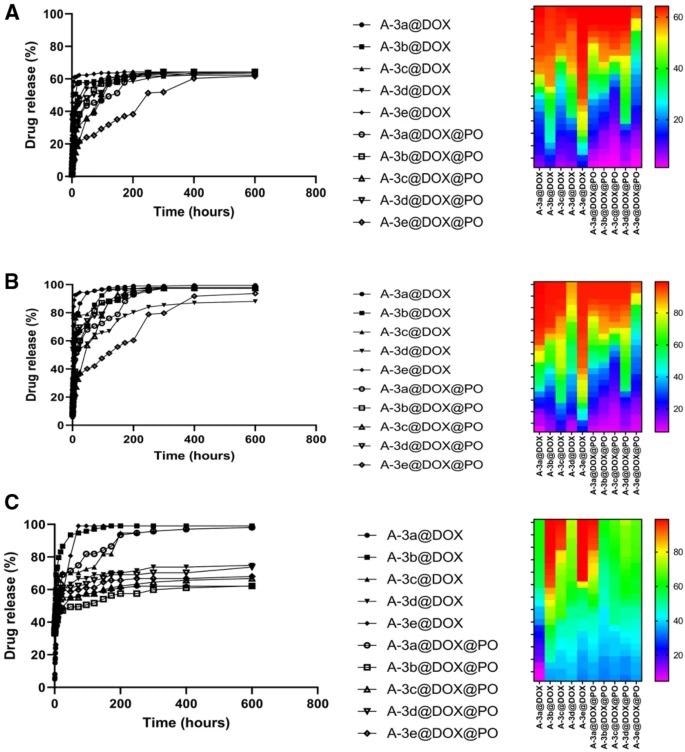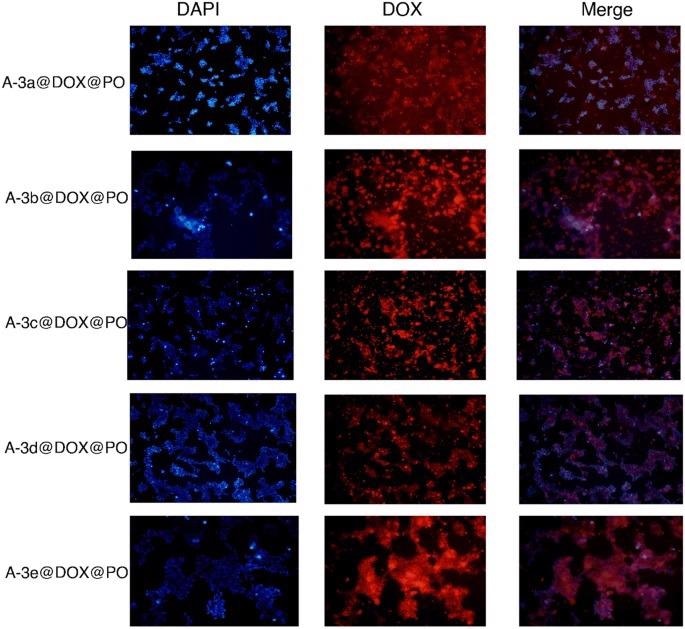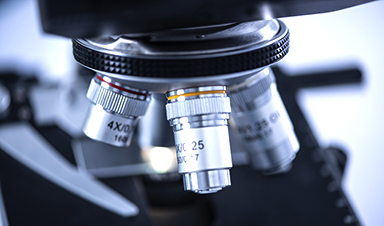Doxorubicin (DOX) is a powerful anti-cancer medication, and efforts have been made to design nanostructures for delivering it to cancerous cells. The nanostructures increase the cytotoxic effects of DOX on cancerous cells, while reducing the negative effects on healthy cells.
In a research paper published in the journal Scientific Reports, layered double hydroxide (LDH) nanostructures were developed to administer DOX effectively.

Figure 1. FTIR spectra of the synthesized nanomaterials (A,B). XRD results of the synthesized nanomaterials (C). S1 in part (C) stands for one of the PO’s. © Kiani, M., Bagherzadeh, M., Ghadiri, A. M., Makvandi, P., & Rabiee, N. (2022).
Cancer, and How Nanotechnology Can Help
Cancer accounts for the second-largest mortality rate after cardiac illnesses, with susceptibility to tumor development determined by multiple factors like age, family history and carcinogen exposure.
Chemotherapy is the most often used cancer treatment. However, complex encounters in the cancer microenvironment, as well as cancer cells’ capacity to proliferate and flip between molecular routes to guarantee their preservation, have led to the tumors developing resistance against treatments.
Doxorubicin (DOX) is widely used in tumor treatment because it may limit DNA replication by decreasing the action of topoisomerase enzymes, suppressing cell cycle progress and ultimately directing tumors towards cellular death.
Resistance against DOX has been caused by a range of factors, including discharge of doxorubicin by P-glycoprotein from tumor cells, Bcl-2 overexpression, apoptotic suppression, and abnormal expression of epigenetic and genetic variables. As a result, research has concentrated on developing nanostructured delivery mechanisms for doxorubicin to increase its cancer-suppressing effectiveness.
Benefits of LDH as Drug Deliver Systems
Nanotechnology offers fresh promise for reducing resistance against treatments and improving the efficacy of chemotherapy drugs in cancer treatment.
Layered double hydroxides (LDHs) are multilayer nanoscale structures and anion clays having a hydrotalcite crystalline structure generated by two metallic ions, comprising a trivalent and a divalent metallic ion, an -OH group, an H2O molecule, and an interlayer anion.
Due to their distinctive multilayer architecture and interlayer anion exchanging capability, LDH nanostructures have paved the way in the biomedicinal domain. One of the most significant uses of LDH nanostructures in the administration of drugs is the incorporation of a specific chemical into LDHs through an interlayer anionic exchange.
LDHs have excellent drug loading capability, a large surface area, great durability, and anion exchanging ability. These properties make them preferable for drug administration, especially when compared to other nanostructures like polymer nanoparticles (NPs).
More significantly, as LDHs have a dissoluble bulk layer at pH 5.0 (around the acidity level of the cancer microenvironment), they are great contenders for drug administration against tumors.
Advantages of Plantago Ovata
Plantago ovata (PO) is a classic botanical remedy with bioactive polysaccharides. It is an organically produced substance with advantages such as sustainable production, low cost, availability, and a good safety profile.
PO was initially employed to treat wounds. Subsequent research revealed that PO extracts possess a variety of medicinal properties, such as antioxidant, anti-inflammation, immunomodulation, and pain-relieving properties.

Important Findings of the Study
PO was utilized to modify the surfaces of Cu–Al LDH nanoscale structures to boost their capability as nanoscale drug administration systems. Doxorubicin, an anti-cancer medication, was stacked onto NPs once they were prepared, and characterization procedures showed proper fabrication and drug content.
The drug discharge analysis indicated pH-sensitive discharge of doxorubicin from LDH NPs, with the largest discharge of anti-cancer medications occurring at pH 5.5 and the least amount of medication discharge occurring at pH 4.5, perhaps owing to the detrimental effect of lower and strongly acidic pH on NP architectures.
The MTT experiment exhibited great cytocompatibility of PO-incorporated Cu–Al LDH nanostructures, demonstrating partial and low cytotoxicity against HEK-293 and PC12 cells, while decreasing the viability of MCF-7 and HT-29 cells as cancerous cells.
Notably, the decrease in viability of HT-29 and MCF-7 cells was smaller in PO-incorporated LDH NPs than LDH nanoscale carriers without PO, which should be investigated further in future studies. The CLSM data demonstrated that LDH NPs delivered doxorubicin to the nucleus and cytoplasm of HEK-293 and MCF-7 cells.
Histological examination of renal tissue revealed no cellular deterioration, adequate cellular and tubular architecture, and zero bloodstream obstructions. This indicates the great cytocompatibility of PO-incorporated LDH nanostructures.
Antimicrobial testing revealed that Cu–Al LDH nanoparticles exhibited biotoxicity against Gram-negative and Gram-positive bacteria, and they may be used in treating microbial illnesses in future trials.

Figure 3. The CLSM images of the drug loaded nanocarriers-coated with leaf extracts treated with HEK-293 cell lines. The used concentration of the nanoparticles: 17.5 μg/mL. © Kiani, M., Bagherzadeh, M., Ghadiri, A. M., Makvandi, P., & Rabiee, N. (2022).
News
New study suggests a way to rejuvenate the immune system
Stimulating the liver to produce some of the signals of the thymus can reverse age-related declines in T-cell populations and enhance response to vaccination. As people age, their immune system function declines. T cell [...]
Nerve Damage Can Disrupt Immunity Across the Entire Body
A single nerve injury can quietly reshape the immune system across the entire body. Preclinical research from McGill University suggests that nerve injuries may lead to long-lasting changes in the immune system, and these [...]
Fake Science Is Growing Faster Than Legitimate Research, New Study Warns
New research reveals organized networks linking paper mills, intermediaries, and compromised academic journals Organized scientific fraud is becoming increasingly common, ranging from fabricated research to the buying and selling of authorship and citations, according [...]
Scientists Unlock a New Way to Hear the Brain’s Hidden Language
Scientists can finally hear the brain’s quietest messages—unlocking the hidden code behind how neurons think, decide, and remember. Scientists have created a new protein that can capture the incoming chemical signals received by brain [...]
Does being infected or vaccinated first influence COVID-19 immunity?
A new study analyzing the immune response to COVID-19 in a Catalan cohort of health workers sheds light on an important question: does it matter whether a person was first infected or first vaccinated? [...]
We May Never Know if AI Is Conscious, Says Cambridge Philosopher
As claims about conscious AI grow louder, a Cambridge philosopher argues that we lack the evidence to know whether machines can truly be conscious, let alone morally significant. A philosopher at the University of [...]
AI Helped Scientists Stop a Virus With One Tiny Change
Using AI, researchers identified one tiny molecular interaction that viruses need to infect cells. Disrupting it stopped the virus before infection could begin. Washington State University scientists have uncovered a method to interfere with a key [...]
Deadly Hospital Fungus May Finally Have a Weakness
A deadly, drug-resistant hospital fungus may finally have a weakness—and scientists think they’ve found it. Researchers have identified a genetic process that could open the door to new treatments for a dangerous fungal infection [...]
Fever-Proof Bird Flu Variant Could Fuel the Next Pandemic
Bird flu viruses present a significant risk to humans because they can continue replicating at temperatures higher than a typical fever. Fever is one of the body’s main tools for slowing or stopping viral [...]
What could the future of nanoscience look like?
Society has a lot to thank for nanoscience. From improved health monitoring to reducing the size of electronics, scientists’ ability to delve deeper and better understand chemistry at the nanoscale has opened up numerous [...]
Scientists Melt Cancer’s Hidden “Power Hubs” and Stop Tumor Growth
Researchers discovered that in a rare kidney cancer, RNA builds droplet-like hubs that act as growth control centers inside tumor cells. By engineering a molecular switch to dissolve these hubs, they were able to halt cancer [...]
Platelet-inspired nanoparticles could improve treatment of inflammatory diseases
Scientists have developed platelet-inspired nanoparticles that deliver anti-inflammatory drugs directly to brain-computer interface implants, doubling their effectiveness. Scientists have found a way to improve the performance of brain-computer interface (BCI) electrodes by delivering anti-inflammatory drugs directly [...]
After 150 years, a new chapter in cancer therapy is finally beginning
For decades, researchers have been looking for ways to destroy cancer cells in a targeted manner without further weakening the body. But for many patients whose immune system is severely impaired by chemotherapy or radiation, [...]
Older chemical libraries show promise for fighting resistant strains of COVID-19 virus
SARS‑CoV‑2, the virus that causes COVID-19, continues to mutate, with some newer strains becoming less responsive to current antiviral treatments like Paxlovid. Now, University of California San Diego scientists and an international team of [...]
Lower doses of immunotherapy for skin cancer give better results, study suggests
According to a new study, lower doses of approved immunotherapy for malignant melanoma can give better results against tumors, while reducing side effects. This is reported by researchers at Karolinska Institutet in the Journal of the National [...]
Researchers highlight five pathways through which microplastics can harm the brain
Microplastics could be fueling neurodegenerative diseases like Alzheimer's and Parkinson's, with a new study highlighting five ways microplastics can trigger inflammation and damage in the brain. More than 57 million people live with dementia, [...]





















